Essentially, homeland is an augmented system that connects all your gadgets at homelab. They enable you to host several virtualized systems and applications for functional usage. For instance, you have a smartphone, laptop, TV set, etc., connected to the same router. This server can be either a Raspberry Pi or a small PC.
You need to understand many things when setting up a home lab. Therefore, in this article, you will learn more about the devices required and available options to enable you to set up a home lab effectively.
Contents
- Why Do You Need a Home lab?
- What Can You Do With a Homelab?
- Homelab Hardware
- Single Board Computers
- Network Attached Storage (NAS)
- Mini PC
- Homelab Software
- NAS Software
- Containers
- Firewall/ Router Software
- Firewall software
- Router software
- Firewall and Router software
- Homelab Operating Systems
- Unix
- Apple Mac OS
- Windows
- Homelab Options
- PC and Laptops
- Raspberry Pi
- Intel NUC
- Server Rack
- Dedicated Server in the Cloud
- IT Lab
- Summary
Why Do You Need a Home lab?
While homelab isn't a necessary device for ordinary people, it is an essential device for web developers or IT enthusiasts. It's a vital gadget as it helps them store significant file types and data when they need ample storage.
When working as a sysadmin, DevOps, or software developer, homeland allows you to work and experiment with projects. If you are a Linux server beginner, it offers a platform for breaking things and learning.
A bit of patience when learning with homelab will help you learn things independently. It provides a favorable environment for you to learn complex tasks, which could otherwise cost you a fortune teaching them. For instance, you can learn to create complex projects such as setting up CCTV.
Besides, homelab is a vital tool if you are cautious of cloud cell service and can't rely on their privacy when backing up the data.
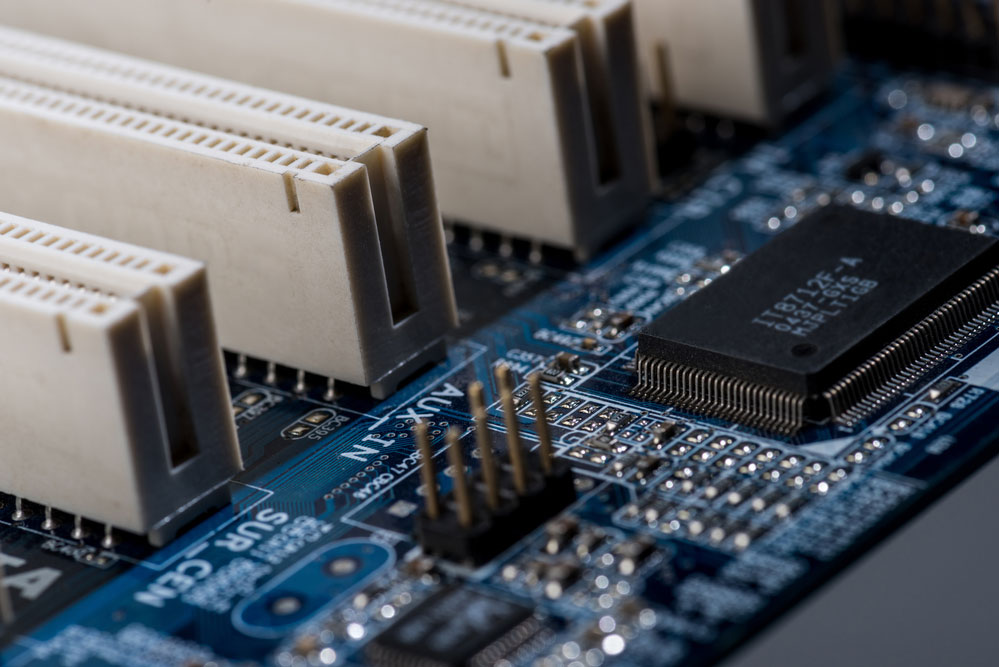
Computer motherboard ports
What Can You Do With a Homelab?
Homelab has many uses. However, it depends on your likes and technical abilities: From simply having fun with it, testing stuff that might wreak havoc on your systems, to helping you improve your tech abilities. ere is a list of some of its usage:
- Media server
- Development and testing server
- DVR and video monitoring system
- Remote ease of access server
- Personal backups
Special Offer: Get $100 off your order!
Email [email protected] to get started!
Homelab Hardware
Regardless of your requirements, you might need different devices. However, you will require NAS and Virtualization backup servers. Let's learn more about this piece of hardware devices;
Single Board Computers
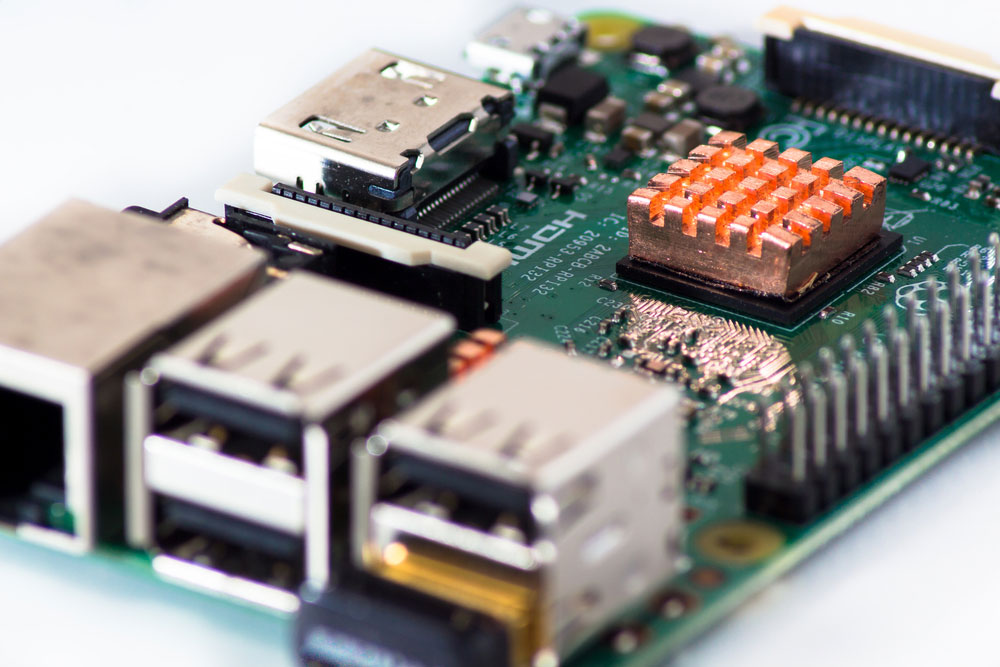
Raspberry Pi single-board computer
A simple self-contained, inexpensive device easily connects to other pieces of hardware. Hey, small computing devices such as Raspberry Pi consist of comprehensive computer delimited features within a circuit board.
Network Attached Storage (NAS)
This is a kind of storage network with a specified folder server. What makes it unique is the abundance of storage space. You will gain frequent access to it provided you have a cable internet connection. Besides, with a mini PC, you can create your DIY NAS.
Mini PC
A Mini PC operates similarly to a computer. It has a memory and a central processing unit (CPU), just as a computer does. Even though it has a smaller physical size, the mini PC possesses most of the competencies and structures of a large computer. Moreover, it's recognized as mid-range computers or minicomputers.

Tablet computers set
Homelab Software
There are two types of Virtualization software: server and desktop. This kind of software allows you to create snapshots, enabling you to regress the entire system to a known state. Essentially, it permits you to run on your categories of virtualization software machines.
Examples of virtualization software on your server include;
- Proxmox
- Xen
- Hyper-V (for Windows server)
- VMware ESXi (only supports wired devices)
- Virtualization software on your desktop
- Virtual Box
- QEMU (open source)
- VMware Workstation Player
- KVM (Kernel-based virtual machine)
The above options are free. Nevertheless, more options are available, but you have to pay for them. Examples of the paid options include VMware fusion for Mac OS VM Workstation for Linux and Windows.
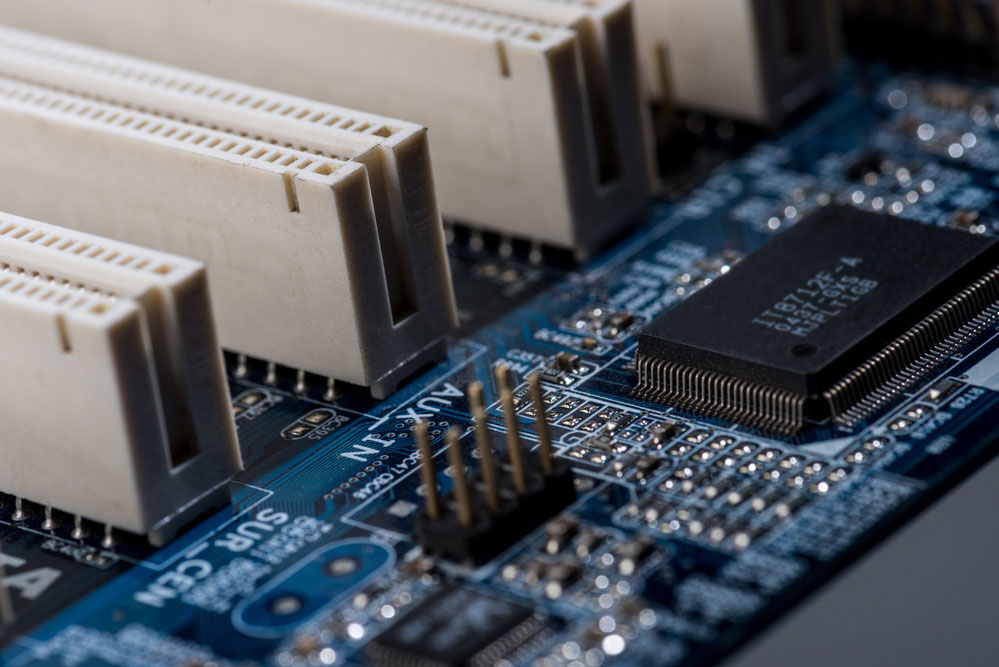
Digital twin technology combined with electronic pattern
NAS Software
FreeNAS is the most prevalent type of NAS software as it has the best user-friendly web interface. An open-source NAS distribution is established on an operating system with a rock-solid FreeBSD. However, it's not as broad as Linux-based applications.
Containers
Once you have chosen your preferred enterprise virtualization software and hardware item, you must run containers if you are looking to run a program or application in a remote setting. You will manage your application and run a program or operating system on bare metal.
Programs that can containers include:
- Vagrant (if using VMWare software, only paid option available)
- Docker (allows you to run Raspberry Pi)
- Kubernetes
Firewall/ Router Software
To help you virtualize with your homeland, you need network devices to manage the network. Hey include
Firewall software
- OPNSense
- ClearOS

A Computer System Hacked Warning
Router software
- GNS3
- dd-wrt
Firewall and Router software
- pfSense (it's firewall distribution and an open-source.
- Pi-Hole is also a great option since it acts as a DNS server even when using Raspi.
Homelab Operating Systems
OSes in your homelab enables you to explore other available OSes options and help you learn how they work. Here, we will focus on three options, including Unix, Apple Mac OS, and Windows.
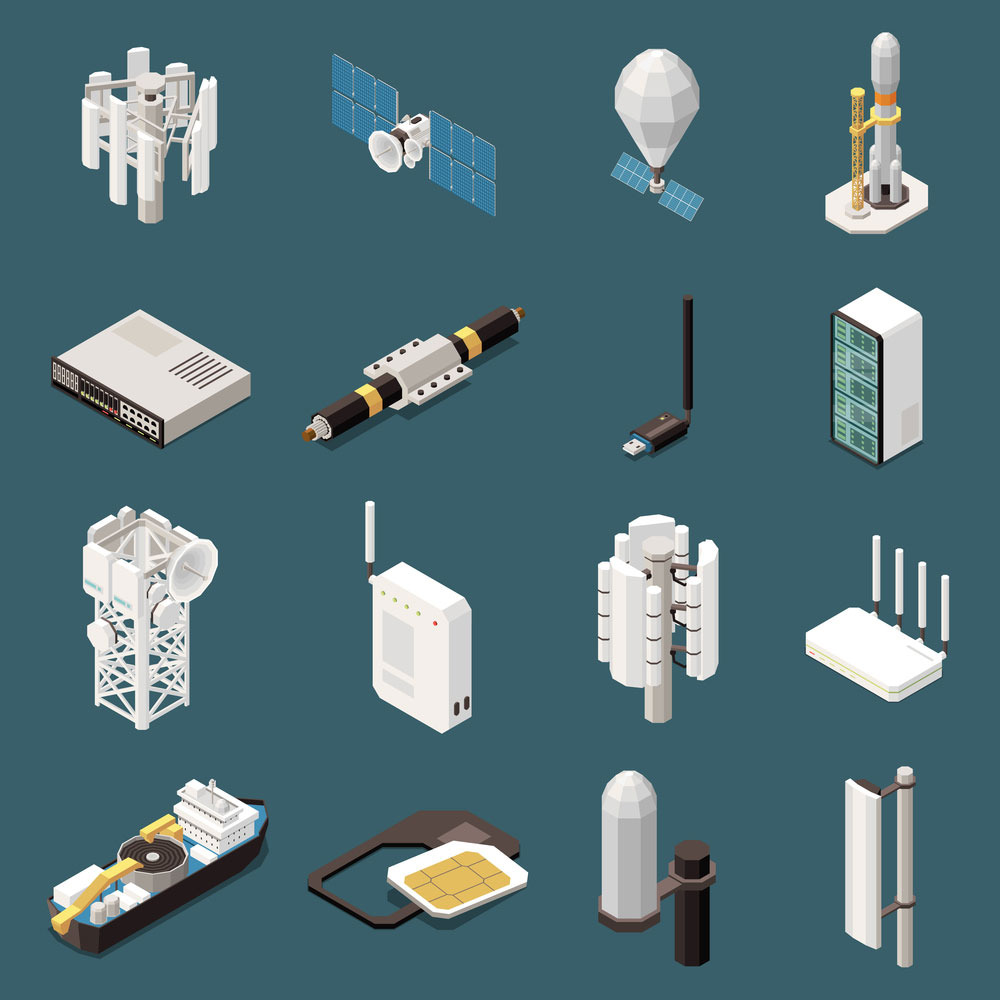
Internet Isometric Icons Set
Unix
Derived from UNIX as a protraction of UNIX design basis, Linux is currently the most popular system.
Examples of Linux OS are:
- Linux Arch-based
- Linux Debian-based
- The Linux RPM-based
- Linux Slackware-based
There are wide ranges of Linux OS, and more importantly, they are open-source and free. T enables you to experiment and learn them.
Apple Mac OS
Mac OS only uses Apple hardware products. Nevertheless, you can use visualizing software that supports Apple Mac OS, e.g., VMware Fusion which permits experiments on VM.
Windows
You can get Windows through their official websites. Hey, these are the most used operating systems. While they are the only operating systems available on their official websites, you can still find their old firmware versions through archive.org or Google.
- Windows Server 2019
- The Windows 10 Enterprise

Windows metro icon
Homelab Options
All labs are different. For a fair comparison, we considered many options based on our research and experience. Mainly, we considered cost and usability.
Here are the options we found to be the most viable ones.
PC and Laptops
Creating a homelab using a PC or Laptop is one of the most commonly used options. You need a PC/laptop with about 8GB RAM and then connect them to your home homelab network.
Usage: A great chance to practice and experiment troubleshooting on your exceptional configuration
Location: Anywhere as long as you have your computer
Difficulty level: Only computing knowledge required
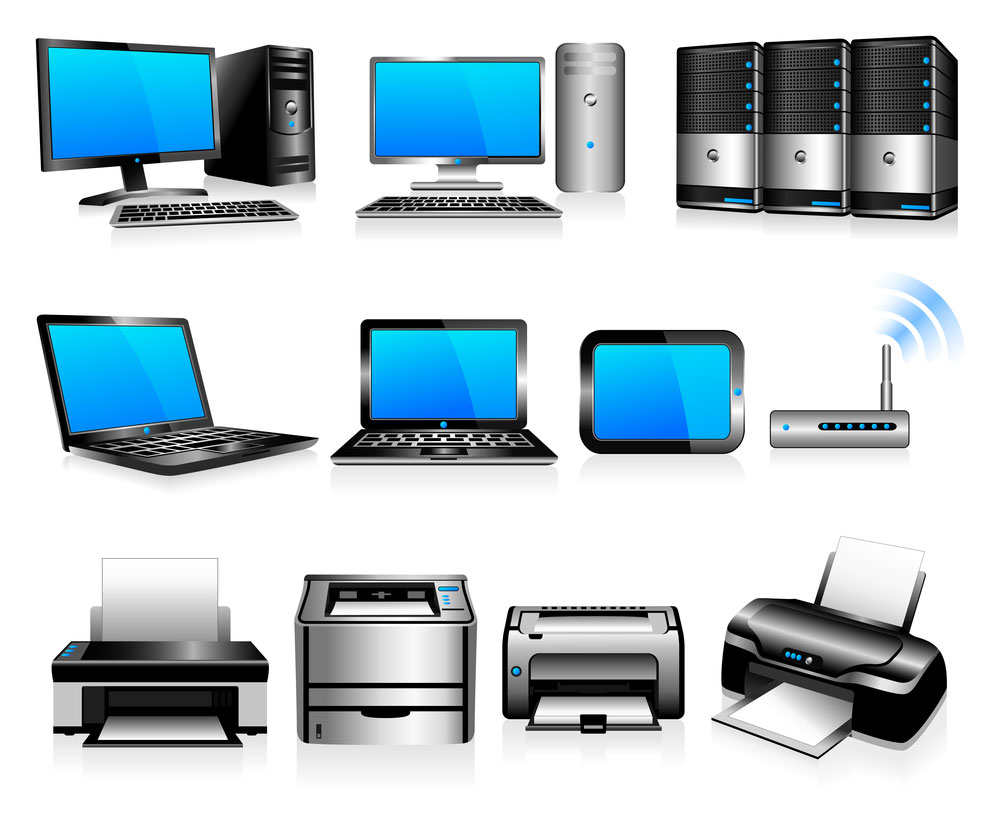
Computer Accessories
Raspberry Pi
The Raspberry Pi is ever-ready to meet all your computing projects. Raspberry Pi 4 is the newly released in the market and the most adaptable and prevailing single-board computer.
Usage: It's experimental to syndicate it with different software for various testing purposes. It's extendable to an existing VMware setting.
Location: Small and portable. Any room in your home as it takes only a tiny space.
Difficulty level: It might require troubleshooting.
Setting it up and the installation process isn't straightforward.

Raspberry Pi
Intel NUC
Among the VMware community, Intel NUC is the most preferred one since it has low power consumption requirements, is inexpensive, and is easy to transport. Besides, it takes up relatively little space.
Usage: Create potent lab even with limited space
Location: Can take a little space either in the closet or server rack2988
Difficult level: Basic
Server Rack
The server rack is the ideal answer when looking for the best innovativeness approach solution to run virtualized servers. VMware administrators are now creating frames with additional network features, backup servers, and storage arrays.
Usage: It's the most potent option to test enterprise solutions and features. It's the best solution for freelancers and consultants.
Location: Works best when located in a basement
Difficulty level: Advanced alignments with drastic assembling and besetting

Server rack
Dedicated Server in the Cloud
A dedicated server is a powerful option that only requires you to pay for both the software licenses and the physical server. Though probably the most costly option, it has many benefits.
Usage: The best option when creating a professional VMware homelab quickly
Location: Only remote access
Difficulty level: Advanced configuration
The cloud introduces the additional setup.

Server room interior in datacenter
IT Lab
Organizations with a vast IT department primarily use them. It requires one to have reasonable access to a highly creative IT lab.
Usage: Depending on the resources, you can use them the way you want
Location: IT lab, and it's also possible to get remote access
Difficulty level: Easy
Availability is the only issue depending on the business's project.
Summary
Having a homelab in your home can be an excellent and advantageous project. It can be a functional and helpful project for typical home consumption. Besides, it's much fun setting it up and maintaining it. You can build several portable desktop settings for your family for their devices without investing in physical devices intrinsically. If you have a chance and time to set up a homelab in your home, consider setting it up. You will have fun doing it.
Special Offer: Get $100 off your order!
Email [email protected] to get started!







